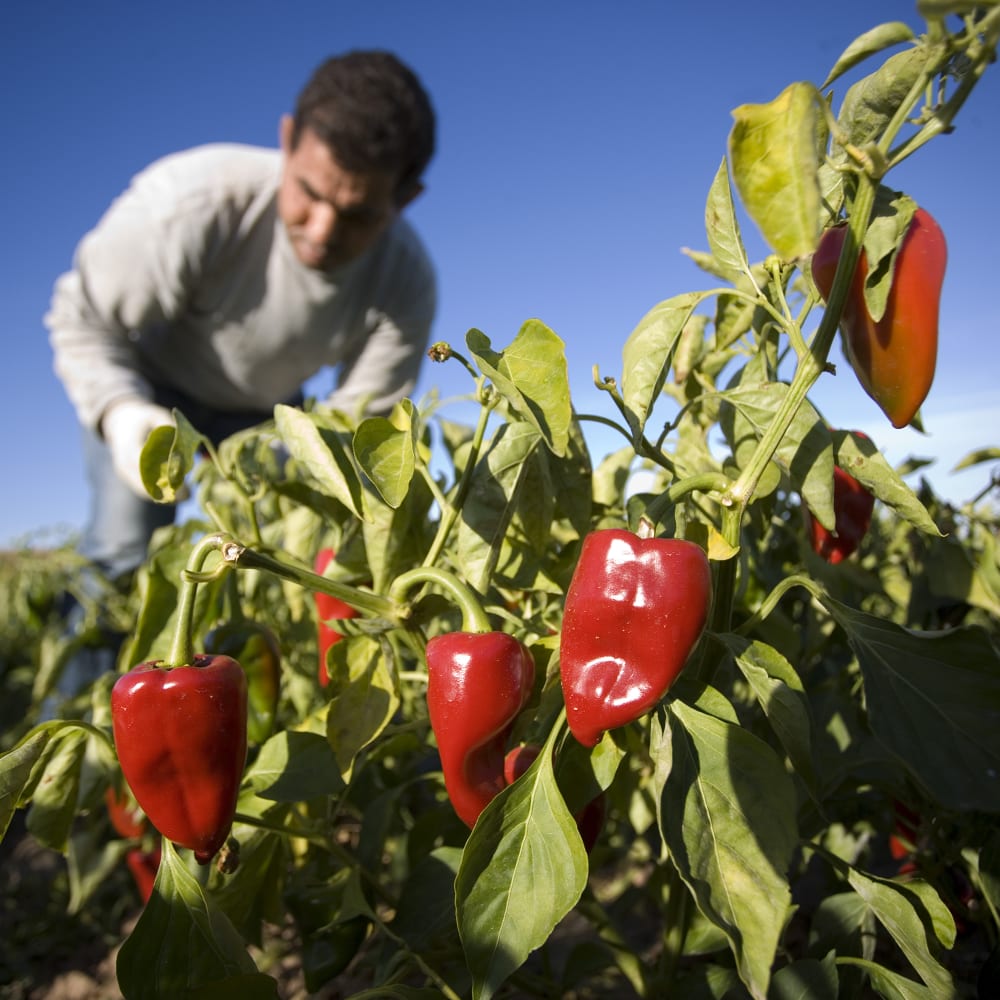Rare Harvests: Amazing Flavors of Spain
Jonathan Harris | September 2024




A few years ago, we visited a supplier whose family makes small batch membrillo, a delicious quince preserve that is the perfect pairing for Manchego cheese. I asked him the secret to its complex flavor. He told us that he could make membrillo for a fraction of the price using imported quince fruit from Peru or China, but then his membrillo would be “silly.”
“Like people, the quince must suffer to gain character. If it has an easy growing environment, it becomes silly!”
What a Spanish way to say it! But it reminded me of another fruit that needs to suffer. Wine grapes only produce a great vintage if they are grown in harsh conditions, concentrating the sugars and flavor. Bad wine comes from silly grapes that do not suffer enough.
Nowadays it seems that you can get any fruit or vegetable any time of year right at your grocery store. Piles of glowing red strawberries stare across the aisle at boxes of plump blueberries and giant tomatoes. But we all know that there is a disappointing secret – most of the time the pretty package hides a flavorless heart, with none of the exciting flavors and textures they promise.
That is why we treasure our small artisan producers in Spain. They ensure that every ruby red piquillo pepper or delicate saffron thread is picked at the peak of freshness, capturing the fullest flavor for you to enjoy at home. It is hard for these Spanish families to compete with the industrial imports that undercut them with flavorless substitutes. Our passion is to support their valiant efforts to preserve artisan Spanish foodways and deliver that amazing flavor to you.
Industrial production is all about optimizing the volume of harvests, not guarding the finest flavor. Thankfully, in Spain and other European countries, there are protected regions that set standards for local quality. Called Protected Denominations of Origin, or PDO, these regulations set up a certification for artisan producers to ensure that traditional methods of quality are followed and that foods are grown in a special region known for this quality.
A few years ago, I spent time with our friends at El Navarrico and walked the fields of ripe piquillo peppers during the harvest season. Just a few miles from the famed La Rioja wine region, farmers were plucking beautiful red peppers from healthy green plants, placing them in baskets. They had waited until the perfect moment of peak ripeness, though they could have picked them green and waited for them to turn red to save money. I talked with the farmer, and he said the peppers need so many nutrients that the fields could only be used for piquillos once every dozen years or so. Authentic PDO certified piquillos can only grow in this special region, so there is a very limited harvest and farmers are not able to scale up production if there is a big demand. Their obsession with quality won’t allow it.
Artisan products like piquillo peppers cost more and the limited harvests mean we must plan ahead to secure inventory. We could go cheap and seek out mediocre replacements, but we know that the quality is worth every penny. I like to think of them as eminently affordable luxuries – for a few dollars more you can experience the very best foods from Spain at the peak of flavor, while supporting artisan traditions and foodways.

¡Hola! I'm Jonathan Harris, one of the owners of La Tienda. I love sharing insights about Spain's amazing food culture.
Learn more >

